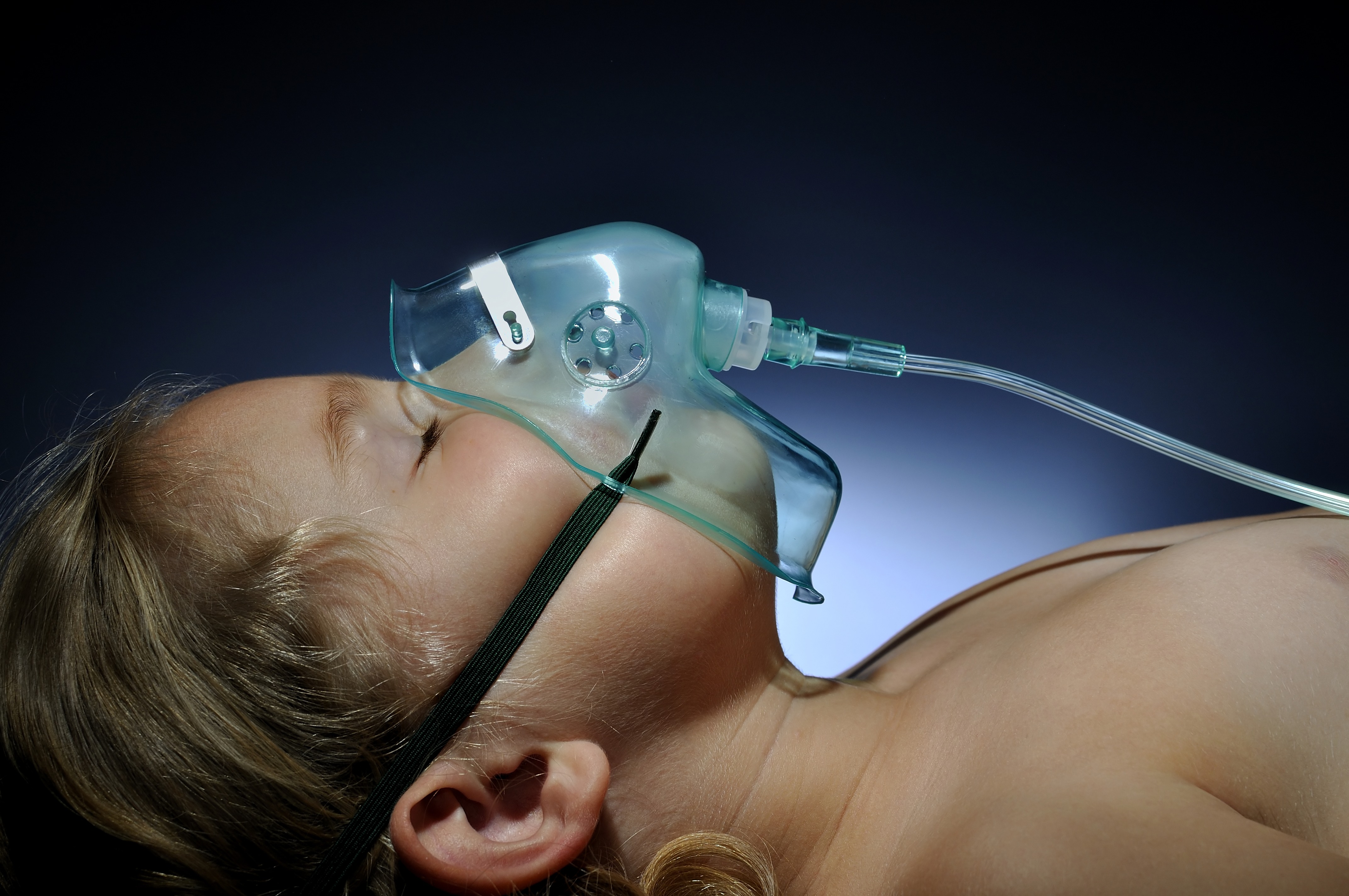Pediatric CF Case Study Warns That Fungal Infections Can Be Mistaken for Plastic Bronchitis
Written by |

Cystic fibrosis (CF) patients with a fungal infection caused by Scedosporium apiospermum may have a clinical presentation resembling plastic bronchitis. A case report presents this unusual scenario, alerting clinicians to consider such fungus infection when encountering similar cases.
Plastic bronchitis is characterized by a dysfunctional flow of lymph fluid, leading to the build-up of mucus in the airways that form rubbery plugs known as bronchial casts. These casts block the airways, severely obstructing breathing.
The study, “Acute Scedosporium apiospermum Endobronchial Infection in Cystic Fibrosis,“ describes the case of an 11-year-old CF child who, in spite of his disease, had normal lung function. The boy had earlier suffered occasional infections with Pseudomonas aeruginosa, a bacterial infection managed with the antibiotics ciprofloxacin and tobramycin.
When the child came to the attention of clinicians, he had acute severe respiratory symptoms, and reported being easily exhausted by physical effort. He was prescribed ceftazidime, tobramycin, and methylprednisone along with supportive oxygen, but showed no improvement after 48 hours. The child also did not respond to intensified bronchodilator therapy and chest physiotherapy.
After culturing a sample of the boy’s sputum, the research team, led by Rita Padoan from the Regional Support Centre for Cystic Fibrosis at Spedali Civili, Brescia, Italy, discovered that the only pathogen present was S. apiospermum. The boy’s doctors immediately started intravenous treatment with the antifungal drug voriconazole.
Despite the antifungal treatment, the boy’s condition progressively worsened, and severe side effects of the antifungal treatment forced the team to stop the treatment.
According to the report, published in the Pediatric Infectious Disease Journal, it was not until the team performed a bronchoscopy, showing severe obstruction of the airways by mucus plugs and bronchial casts, that the reason for the condition became clear — a fungal infection related to his disease. The plugs and casts resembled plastic bronchitis.
Clinicians treated the boy with bronchoalveolar lavage with dornase alpha, a substance with the ability to break down mucus. The treatment managed to resolve the plugs, and the boy improved until complete remission.
The case shows that further examination of the clinical features of S. apiospermum fungal infection is needed to clarify the role of the pathogen in worsening lung disease in CF patients.






